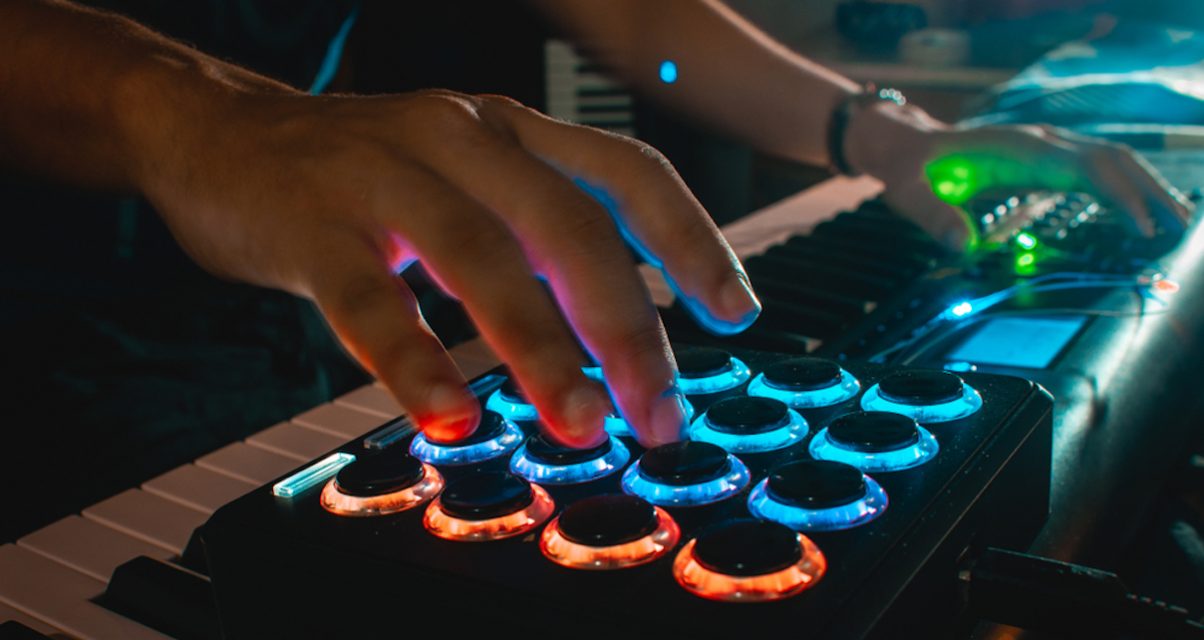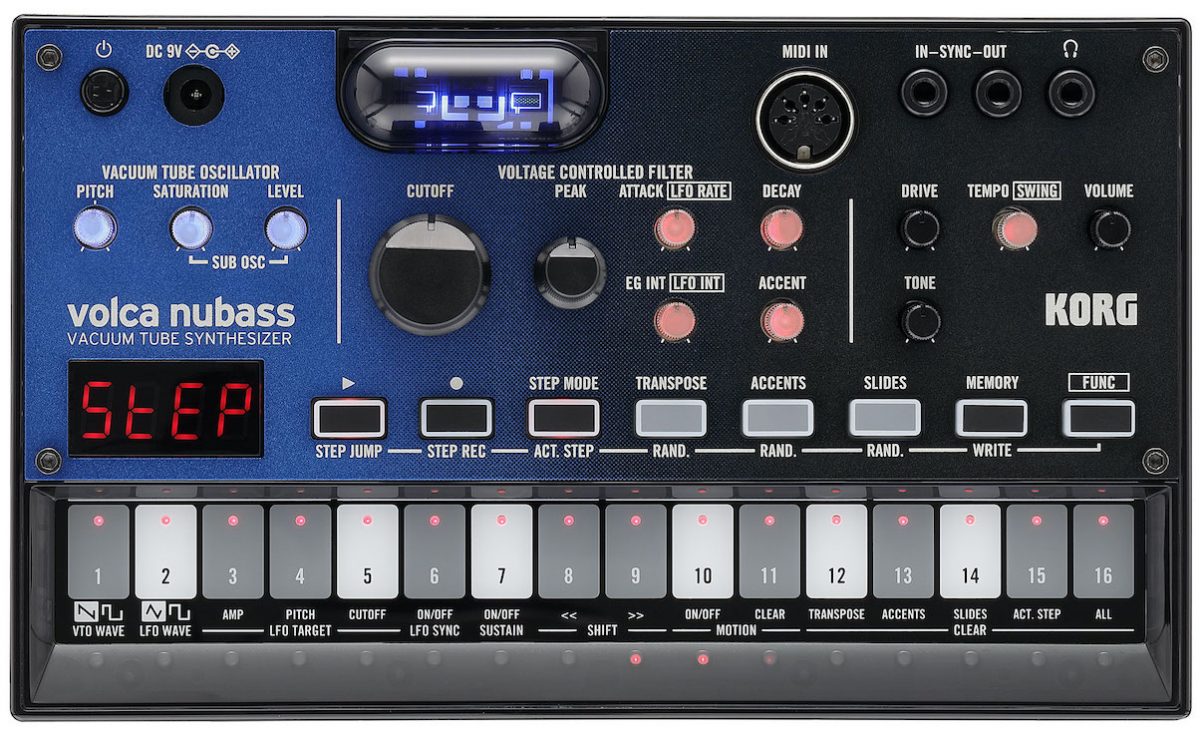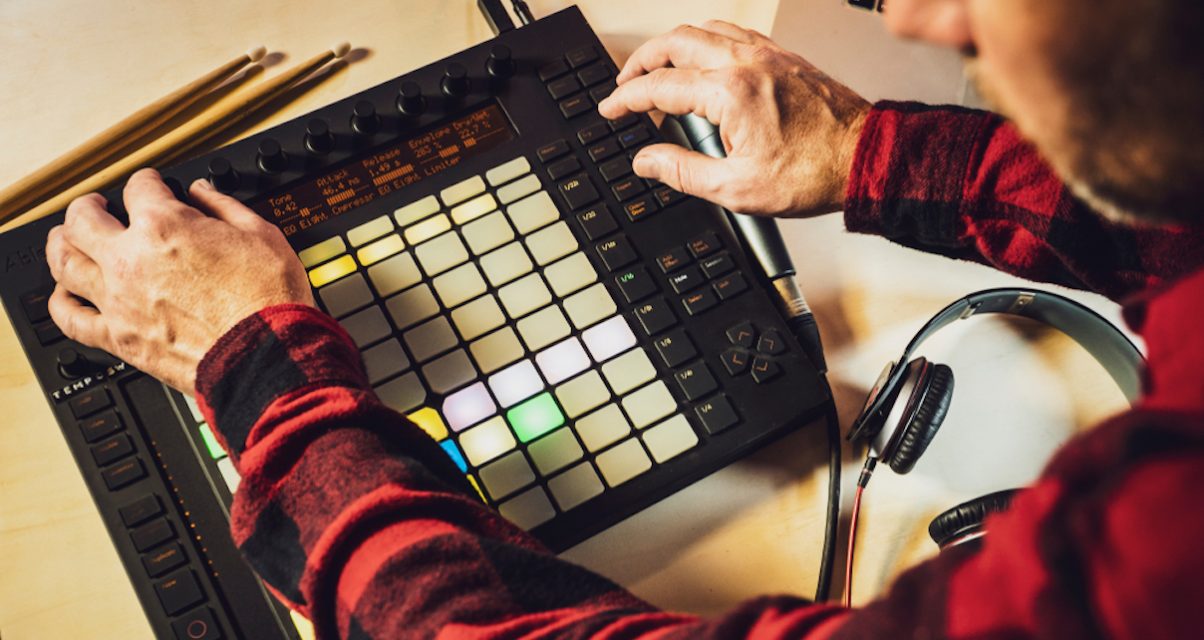If you’re anything like me, this self-isolating lark has you climbing the walls more than Peter Parker after too many espressos. That’s why we’re lucky that the good folks at Ableton have decided to make their flagship Ableton Live 10 software free for anyone who takes their trial, not for the usual month but for three whole months.
So, besides the fact that it’s free, and that you suddenly have way too much time on your hands, why exactly should you start using it?
Well, in a nutshell, Ableton Live is a highly versatile and fun tool you can use to do everything from creating demo mixes and podcasts to preparing and performing live sets, and even making your own remixes, mashups and tracks. In fact, once you’ve gotten to grips with it, the only limit is your own imagination. Here are just a few ideas to get you started…
Why All DJs Need To Learn Ableton
1. Preparing sets
Ableton Live is an extremely useful way to test out different track combinations to see what works and what doesn’t. Here’s how I do that: I simply drag audio clips onto two Audio channels on the default Session View screen, click the yellow X button at the bottom of the Master channel to enable the crossfader, then, at the bottom of the first Audio channel I click the A button and on the second, I click B.
Then I audition different tracks in different combinations, crossfading back and forth to get a rough idea of what works and what doesn’t. Live’s Transpose feature is also very simple to use and perfect for harmonic mixing too, because you can easily adjust the pitch of a track without affecting its tempo.

If I am preparing ideas for a live set I can also add additional Audio channels for contingency tracks, in case one track is too heavy or too soft on the night and I want to have options to take the set in a slightly different direction – “ok so if this one is too full-on, I’ll mix into this track to take it down a notch or, if it’s too tame and I’m losing the crowd, I’ve got this certified banger on standby which also mixes in quite well.”
Used in this way, Ableton Live is the perfect sketchpad for DJs looking to try out new ideas quickly and easily – but we’re still only just scratching the surface of what it can do.
2. Creating demo mixes and podcasts
You can also do full DJ mixes using Ableton Live, making it ideal for podcasts or demo mixes to send out to clubs or promoters. The software detects most devices automatically and Midi mapping is easy to set up, so you can actually use your DJ controller to trigger audio tracks (called Clips in Ableton Live) and set the software up to recognise fader movements, EQ, effects, or anything else you might want.
One of Live’s most powerful features is called warping (more on this in a moment) which works like a much more powerful version of beatgrids in Traktor or Serato. If you set this to automatic, nine times out of ten it detects the beat transients of a track easily and locks it in with your desired BPM.
Read this next: The 4 Elements Of A Perfect Dance Track
After you record your set you can then hit the Tab button on your keyboard to enter what is called Session View where you can make additional edits or adjustments to your mix such as fixing fades, reducing the volume of individual tracks or overdubbing if one of your transitions didn’t come out quite like you wanted to and you want to do a second take.
Finally, if you have an audio input device and a microphone you can also record voice input, for example, if you want to introduce each track to your listeners. (Many people use Ableton Live to prep radio shows or podcasts in this way.)
3. Warping (disclaimer: it rocks!)
Live’s Warp feature is like beatgridding on steroids and it can be used to do all manner of cool things, like time stretching or fixing the beat transients for easier beatmixing.
Say, for example, you’re playing a house set but you also have an old funk, soul or disco tune that you know is going to go down a treat on the dancefloor. The only problem is it was recorded by a band with live a drummer with off-beats and moderate changes in tempo. (Vintage hip-hop sometimes has this problem too, where the drum loops can be somewhat sloppy and can go out of time after just a few bars.)

In the old days, you would have to perform all manner of frenzied pitch adjustments and/or platter nudges to keep it in time. But with warping you can simply open the audio file and, with Auto enabled, the software will do its best at guessing where the beat transients are, then you can make adjustments later and export the newly warped file for later use. This also works great on acapellas.
Just be wary that, with warping, you risk degrading the overall sound by adding what are known as audio artefacts, noise basically, and that stretching the audio too much may cause it to sound distorted and artificial. This is why I tend to only warp the mix in and mix out portions of the track and leave the middle to play out naturally.
4. Performing live DJ sets
Although Ableton Live is a DAW (Digital Audio Workstation) much like Cubase or Logic, it was created, as its name suggests, to also be used for Live performance. To the uninitiated, its layout and workflow are very different to Serato and Traktor, with Ableton’s main session view looking more like a digital representation of a mixing console, rather than virtual DJ decks.
Want to learn to use Ableton? Check out our course
But another way to look at it is that you have a mixer with potentially limitless decks and effects and all sorts of other cool stuff to take your DJ sets to the next level. With warping, for example, you are no longer limited to electronic dance music and can literally mix all kinds of music together in new and exciting ways. You can also add in all manner of samples, loops, acapellas, drum kits and other sounds to add some extra spice to your sets and trigger them with a controller like Ableton Push.
5. DJing with Ableton alongside your usual DJ gear
One of the problems with performing an Ableton Live DJ set as just described in Reason 4 is that, while you gain much in functionality, you lose a lot of flexibility. Most DJs don’t want to be locked into a rigid playlist and would rather be able to adapt to the moods of the dancefloor.
Turns out you don’t have to compromise either.
With a feature called Ableton Link, you can connect your Live set-up to play alongside traditional DJ software like Traktor or Serato, allowing you to do all kinds of cool things. For example, you could play Stems from Traktor while creating improvised drum loops in Live and then mix them both together, effectively creating remixes on the fly.
For instance, in this video techno maestro Richie Hawtin takes us through one of his ever-evolving DJ set-ups, which combines Traktor and Ableton Push:
6. Controlling external gear
So far all we have done is discuss software, but as a fully-fledged DAW, Ableton can also be used to control all manner of external hardware too, such as samplers, drum machines, groove boxes, synths, even modular synths or virtual modulars like the freeware VCV Rack.
The last few years have seen a deluge of highly affordable yet versatile hardware products hit the market, such as Korg’s Volca range or Behringer’s impressive line of replicas.
As a wannabe teenage producer in the 90s, who spent an unhealthy amount of time ogling dog-eared copies of Sound on Sound or Future Music and dreaming of one day affording proper analogue and FM synths, it’s a dream come true. Plus there’s also lots and lots of cool second-hand gear out there to experiment with.

Using your DJ software with Live via Ableton Link and external hardware is a surefire way to stand out and get noticed. Imagine everyone else just mixing back and forth from track to track and you come along and blow them all way with a full hybrid setup, adding in drum machine patterns or live acid basslines!
7. For playing fully live sets
Many DJ/producers like to take things one step further by performing tracks they have created in Ableton Live and performing them live, bringing different elements in and out and manipulating sounds on the fly. It’s a far cry from the so-called “live PAs” of the early rave days when people would just mime along to a backing track.
With Ableton Live you can have a proper live jam without having to bring along a truckload of gear; all you really need is a laptop and a controller – and some tracks of your own of course.
8. For creating mashups and edits
So how do you start doing that then? Playing fully live sets? Well, one of the best and most immediately rewarding ways for DJs to dip their toes into production with Ableton Live is to start simple, by creating edits and mashups. Say, for example, you have a track which you really like, but it has a ridiculously long breakdown. With Live you can simply chop the breakdown out so you just keep the track’s main groove, then export it as a new file.
Or how about this: Have you ever been in a situation where you have multiple cue points in a track, which you needed to watch carefully to perform a live re-edit? But then someone comes up to the booth and starts talking to you and suddenly you’ve lost your place… Once again with Live, you can chop the track up however you see fit and play your new edited version out with no cue points required.

You can also do things like take old songs with live musicians, warp them so they match the click track, chop and edit so it plays out longer, then add a simple kick and hi-hat combo to create a simple house remix.
Taking it to the next level, you can use Live to create your own mashups, taking two tracks, or elements of tracks, such as acapellas or stems, to create exciting new versions which nobody else will have except you – you’ll know it’s worth it when, in addition to tearing up the dancefloor, other DJs sidle up to you trying to furtively look at your screen or discretely ask who the remix is by.
9. For making your own tracks
Look at that, we’re at the last reason and we are only just mentioning what you probably thought was the only thing you’d use Ableton for – making music.
Because with the right tuition, there’s nothing to stop any DJ from creating tracks and even selling them on sites like Bandcamp and Beatport. With the Coronavirus lockdown there literally has never been a better time to learn, either. And forget years of toil and trouble – the way we teach Ableton Live, you’ll have the basis for your first track down in a matter of hours, and everything finished in two to three weeks, ready to make another one…
(Tuition? Glad you asked! Our Ableton training is called The All-New Dance Music Formula, and is the best way to start making music, fast – no experience needed, and no gear – just your laptop. Click here now to find out more.)
Finally…
Right now it’s looking pretty scary out there. Meanwhile, we’re all stuck inside going bonkers with boredom – it’s taking its toll on all of us. Mental health experts the world over agree that focusing on your favourite hobby is one of the best ways to keep your mind healthy and occupied.
The UK government’s COVID 19 mental health guidance report, for example, states that “Focusing on your favourite hobby, learning something new …can boost your mood.” And what better way to boost your mood than by learning about new ways to make music, with one of the most popular pieces of music software you probably have always wanted to learn but never got around to?
• You can get Ableton Live 10 at the time of writing on a three-month trial over at Ableton’s website. Learn more about our production training here.








